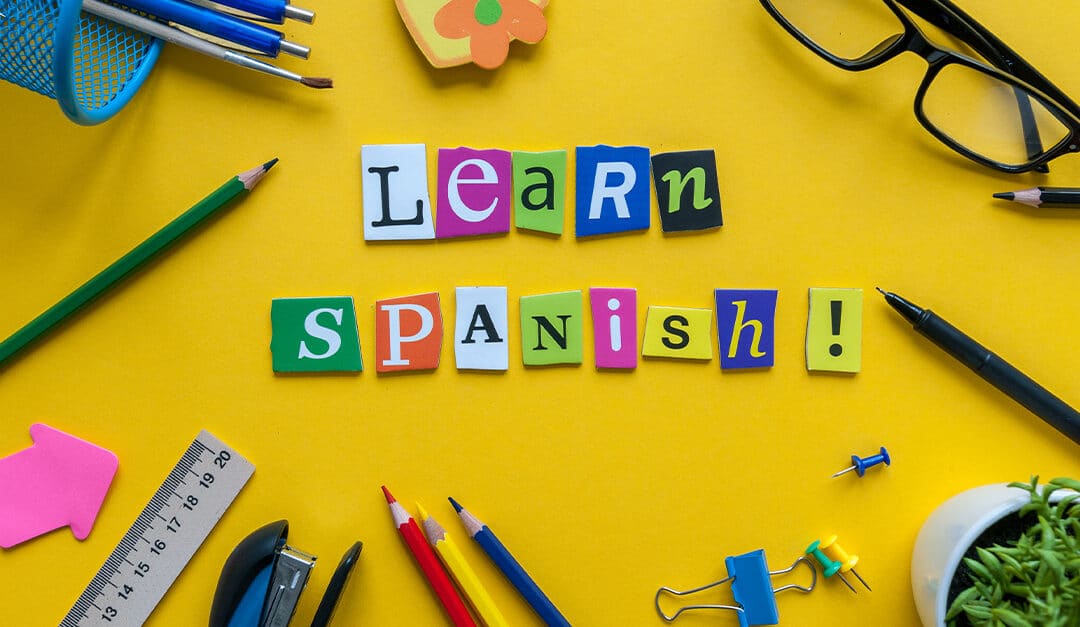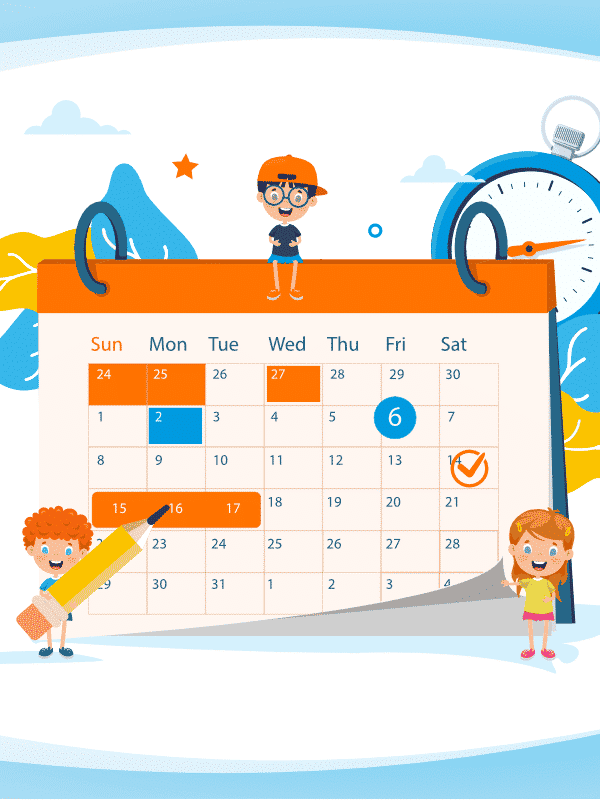Do you want your child to become fluent in Spanish, but you’re not sure where to start? Whether you’re a Spanish speaker yourself or your whole family is completely new to the language, choosing the right learning environment is crucial for your child’s success.
Before you invest time and money in Spanish classes, here are five important signs that indicate you’re ready to take the next step.
1. You want your child to have real Spanish conversations, not just memorize vocabulary lists.
While language-learning apps are great for basic practice, true Spanish fluency comes from active speaking and authentic interactions. Imagine your child confidently chatting with Spanish-speaking friends, ordering at your local taqueria, or playing with neighborhood kids in Spanish.
TruFluency Kids’ interactive classes create a supportive environment where students build these practical conversation skills through natural dialogue, making mistakes and learning from them—just like they would in real-world situations.
2. You don’t speak Spanish, but you want your kids to become fluent.
Learning Spanish benefits kids in so many ways. So it’s common for parents who don’t speak Spanish to want their kids to learn the language. There’s just one problem: They aren’t sure how best to help them.
Let us ease your mind. Your kids can absolutely become fluent even if you don’t speak a single word of Spanish. We know this because we’ve seen it happen time and again with our students. It just takes plenty of time hearing and speaking the language.
Spanish classes that emphasize conversation are one way to give them that time. You could also hire a Spanish-speaking nanny or babysitter, or ask Spanish-speaking friends or family to help your kids with conversation practice.
3. You want your child to have more Spanish practice than you or their school can provide.
Even if you or other people in your child’s life speak Spanish, it might be hard to give them the conversational practice they need to build fluency. This can happen for any number of reasons:
- You speak Spanish, but you work long hours.
- Your Spanish-speaking babysitter has limited availability
- Your kid’s school lacks a dual-language program.
- Traditional Spanish classes at school aren’t working for your child, so you want to try a language-immersion experience.
If any of those situations resonate with you, Spanish classes outside of school could be a great way to support your kids’ fluency journey.
Give Your Child the Gift of Spanish!
4. You want your child to learn naturally, not just academically.
Hey, we get it — and we agree with you! Becoming fluent in Spanish means learning how native speakers really use the language, complete with all of its nuances and slang.
Sometimes that’s hard to accomplish in the classroom, no matter how great the Spanish program is at your kids’ school. If that’s the case, look for Spanish classes that give your kids opportunities to use the language in real-life contexts and everyday activities.
5. You speak some Spanish, but you need extra support.
Maybe you’re the child of Spanish-speaking immigrants whose fluency is limited because your family was focused on assimilation. Or perhaps you’re a native English speaker who knows enough Spanish to get by during a Cancún vacation, but not enough to be your child’s only source of Spanish conversation practice.
We want to emphasize that any Spanish practice you’re giving your kids is wonderful and valuable. Spanish classes can build on what you’re doing and can even inspire your kids to have more Spanish conversations with you at home. (If you’re ever spoken Spanish to your kids only to have them reply in English, you know how important this is!)
Need More Motivation? We Have Trial Spanish Classes
If this article has persuaded you to enroll your kids in Spanish classes, the next step is finding a program that works for your family. We’d love to tell you more about why TruFluency Kids can be a great choice:
- Flexibility. We know you’re busy! So we offer Spanish classes online, seven days a week, from 9 a.m. to 9 p.m. Central time. So there’s sure to be a class that fits your schedule.
- Spanish immersion. Using our Bellieu Method, created by our founder and CEO, we encourage our students to speak Spanish in every class.
- Proven results. Check out what other parents are saying about TruFluency Kids.
Email us today to enroll your kids in a trial class! There are no more than four to six students per trial. After the class, join a Q & A for parents to learn more.


